Affiliate links on Android Authority may earn us a commission. Learn more.
4G and 5G wireless: How they are alike and how they differ
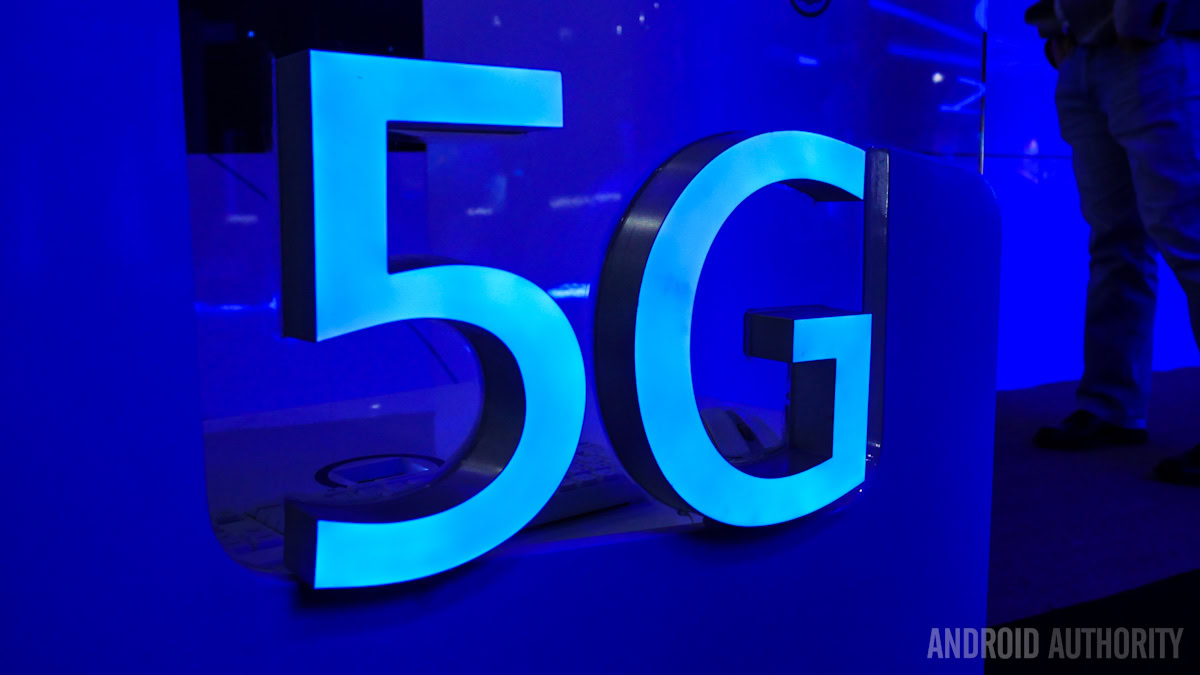
Android Authority takes a closer look at both 4G and 5G wireless realms as they exist today and show where the two worlds intersect and where they have clear distinctions. It’s is also important to define 4G and 5G, because the wireless tribe is an industry in a hurry when it comes to the generation game.
Ericsson research executive, Magnus Frodigh, has already shown his keenness to talk about the 6G cellular technology at the recent Mobile World Congress (MWC) 2015 in Barcelona. The generation game not only keeps the innovation spirit alive, it also earns the wireless industry precious marketing mileage that would otherwise take billions of dollars.
So let’s begin with a clear and succinct understanding of 4G.
The anatomy of 4G
4G is synonymous with Long Term Evolution (LTE) technology, which is an evolution of the existing 3G wireless standard. In fact, LTE is an advanced form of 3G that marks an audacious shift from hybrid data and voice networks to a data-only IP network.
There are two key technologies that enable LTE to achieve higher data throughput than predecessor 3G networks: MIMO and OFDM. Orthogonal frequency division multiplex (OFDM) is a transmission technique that uses a large number of closely-spaced carriers that are modulated with low data rates. It’s a spectral efficiency scheme that enables high data rates and permits multiple users to share a common channel.
The wireless industry is broadly targeting 2020 for the widespread deployment of 5G networks.
The LTE standard uses both forms of duplex operations: Frequency division duplex (FDD) and time division duplex (TDD). However, governments across the world have rushed to auction the frequency spectrum for LTE, and make money, without any planning and consultation. The outcome is the proliferation of LTE operation to a messy number of 44 bands.
Finally, a quick note about the LTE categories. There are different categories of LTE networks, and from a consumer perspective, they mainly differ in terms of theoretical speed. It’s worth noting that these speeds are theoretical numbers that are used to compare the maximum potential of the LTE network under ideal conditions.
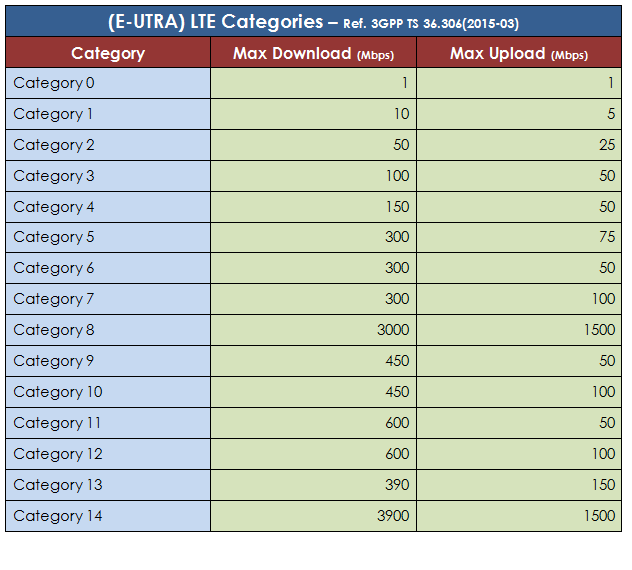
LTE-Advanced: The bridge between 4G and 5G
LTE Advanced or LTE-A is the evolution of the original LTE technology toward even higher bandwidths. LTE-A promises nearly three times greater speed than the basic LTE network and comprises of the following five building blocks:
- Carrier Aggregation
- Increased MIMO
- Coordinated Multipoint (CoMP)
- Relay Station
- Heterogeneous Network or HetNet
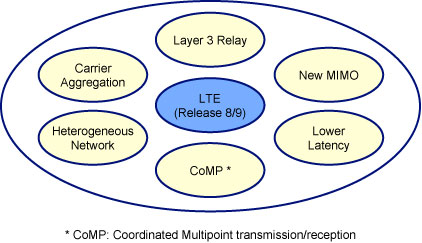
Carrier aggregation or channel aggregation is a transmission scheme that allows up to 20 channels from different spectrums to be combined into a single data stream. Next, LTE-A raises the MIMO bar to 8×8 antenna configurations to increase the number of radio streams using the beamsteering technique.
Third, CoMP or cooperative MIMO, allows mobile devices to send and receive radio signals from multiple cells to reduce interference from other cells and ensure optimum performance at the cell edges. SK Telecom, which claims to have launched the world’s first LTE-A network in summer 2012, actually deployed an early form of CoMP.
LTE-A standard creates a bridge between 4G and 5G worlds.
HetNet, a gradual evolution of the cellular architecture, is a vastly more complex network as small cells add hundreds or even thousands of entry points into the cellular system. The self-organizing network (SON) concept is one of the key enabling technologies being considered for LTE-A applications.
Here, it’s worth noting that while LTE-A standard creates a bridge between 4G and 5G worlds, in many ways, the notion of HetNet is serving as glue between LTE-A and 5G worlds. That’s why many wireless industry observers call 5G wireless an enhanced form of LTE-A.
That makes sense because the main concept behind 5G systems is to expand the idea of small cell network to a whole new level and create a super dense network that will put tiny cells in every room.
Enter 5G
The Next Generation Mobile Networks (NGMN) Alliance defines 5G as below:
“5G is an end-to-end ecosystem to enable a fully mobile and connected society. It empowers value creation toward customers and partners, through existing and emerging use cases delivered with consistent experience and enabled by sustainable business models.”
Essentially, LTE-A is the foundation of the 5G radio access network (RAN) below 6 GHz while the frequencies from 6 GHz to 100 GHz will explore new technologies in parallel. Take MIMO, for instance, where 5G raises the bar to Massive MIMO technology, a large array of radiating elements that extends the antenna matrix to a new level—16×16 to 256×256 MIMO—and takes a leap of faith in wireless network speed and coverage.
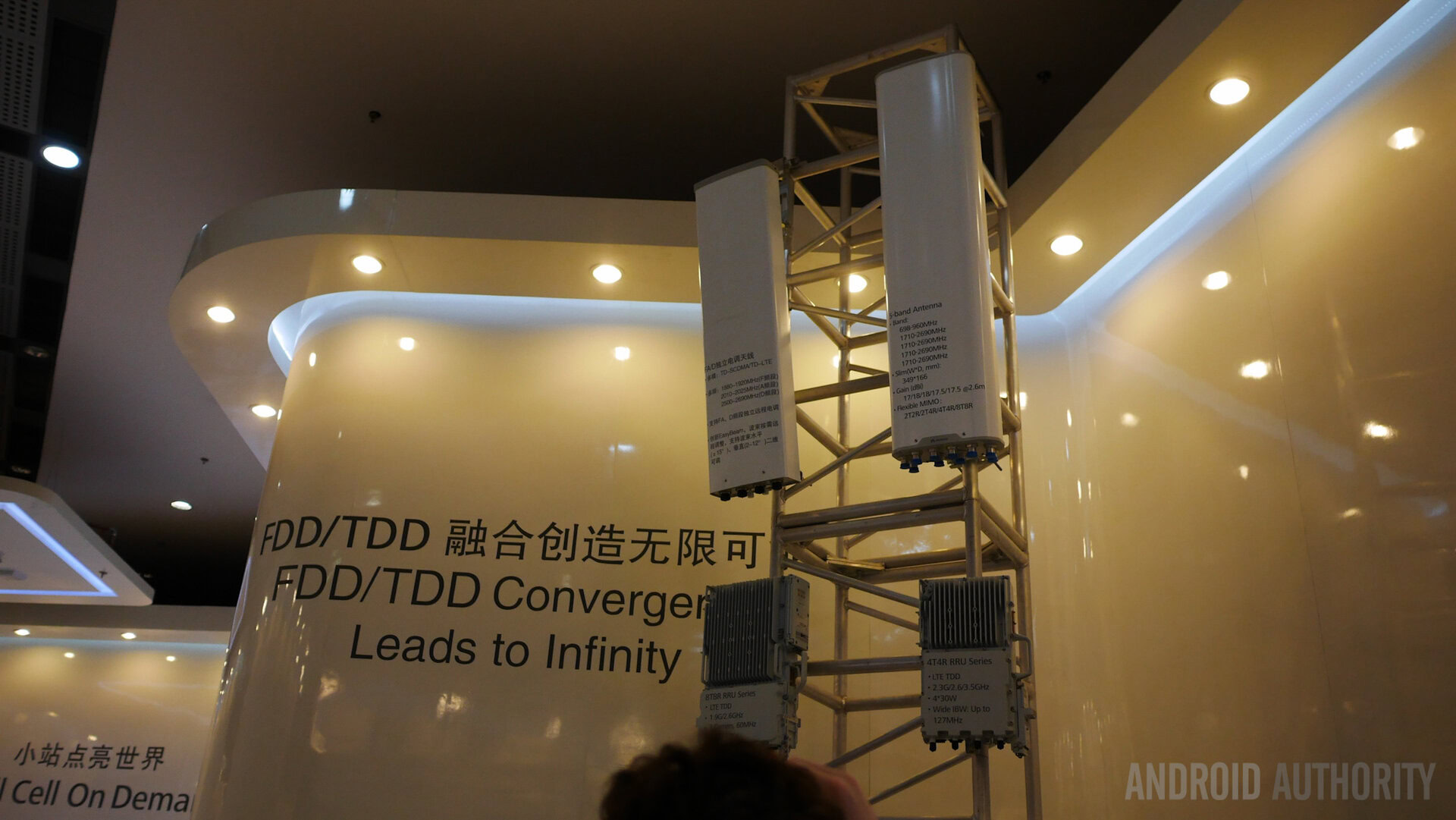
The early blueprint of 5G pilot networks mostly comprises of beamforming technology and small cell base stations. The companies like Ericsson, Nokia and Samsung have launched pilot projects using these two technology building blocks and so far results have been encouraging.
The goals of 5G technology can be summarized in the following value points:
- 1,000x increase in capacity
- Support for 100+ billion connections
- Up to 10Gbit/s speeds
- Below 1ms latency
How 4G and 5G differ…
1. First and foremost, while the LTE-based 4G networks are going through a rapid deployment, 5G networks mostly comprise of research papers and pilot projects. The wireless industry is broadly targeting 2020 for the widespread deployment of 5G networks.
2. Wireless networks till 4G mostly focused on the availability of raw bandwidth, while 5G is aiming on providing pervasive connectivity to lay grounds for fast and resilient access to the Internet users, whether they are on a top of a skyscraper or down under a subway station. Although LTE standard is incorporating a variant called machine type communications (MTC) for the IoT traffic, 5G technologies are being designed from grounds up to support MTC-like devices.
3. The 5G networks are not going to be a monolithic network entity and will be built around a combination of technologies: 2G, 3G, LTE, LTE-A, Wi-Fi, M2M, etc. In other words, 5G will be designed to support a variety of applications such as the IoT, connected wearables, augmented reality and immersive gaming.
Unlike its 4G counterpart, 5G network will offer the ability to handle a plethora of connected devices and a myriad of traffic types. For example, 5G will provide ultra-high-speed links for HD video streaming as well as low-data-rate speeds for sensor networks.
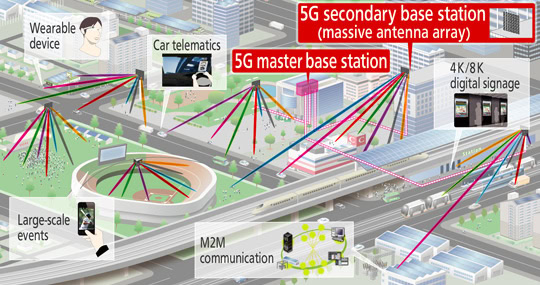
4. The 5G networks will pioneer new architectures like cloud RAN and virtual RAN to facilitate a more centralized network establishment and make the best use of server farms through localized data centers at the network edges.
5. Finally, 5G will spearhead the use of cognitive radio techniques to allow the infrastructure to automatically decide about the type of channel to be offered, differentiate between mobile and fixed objects, and adapt to conditions at a given time. In other words, 5G networks will be able to serve the industrial Internet and Facebook apps at the same time.